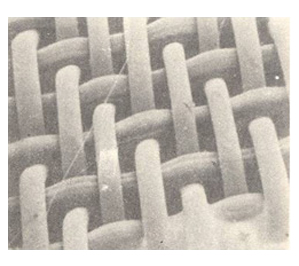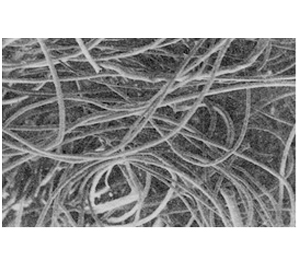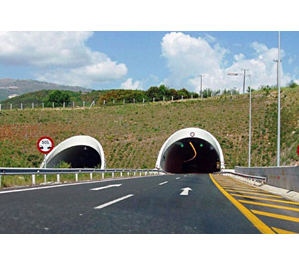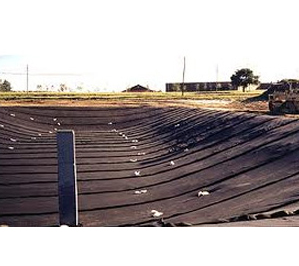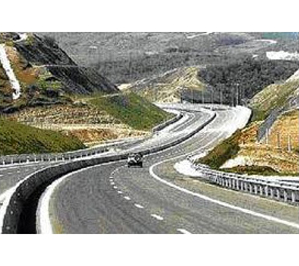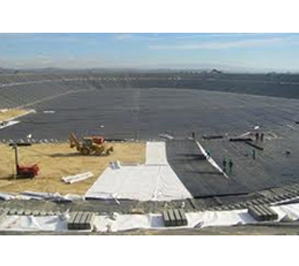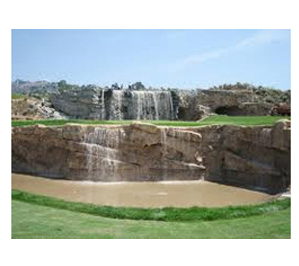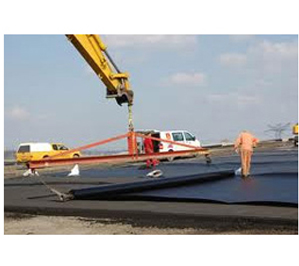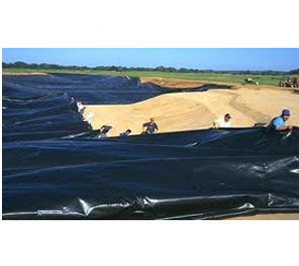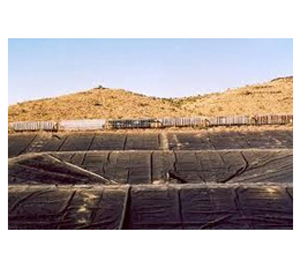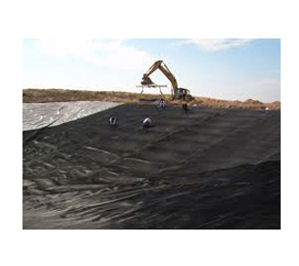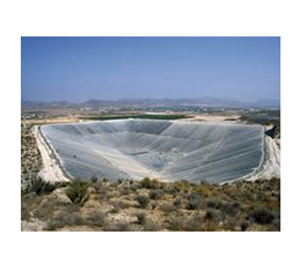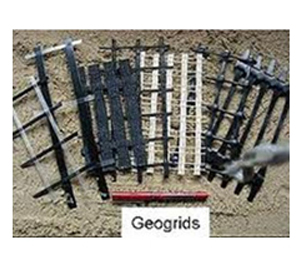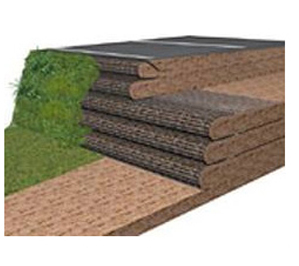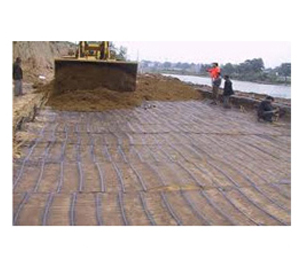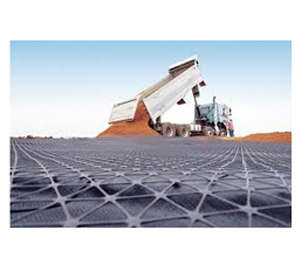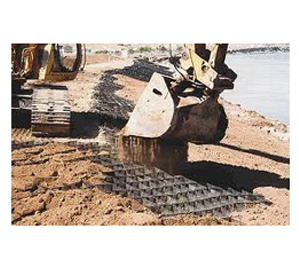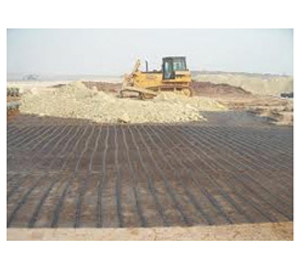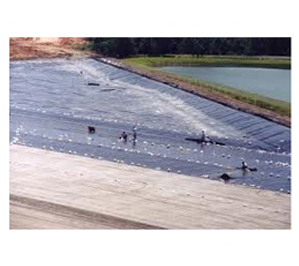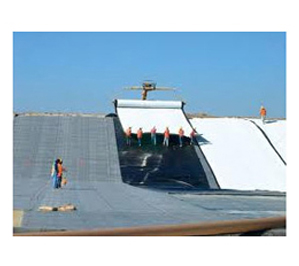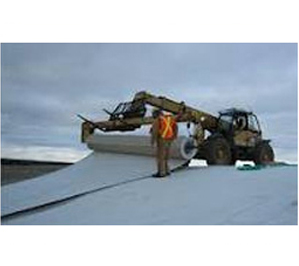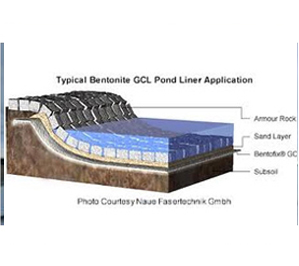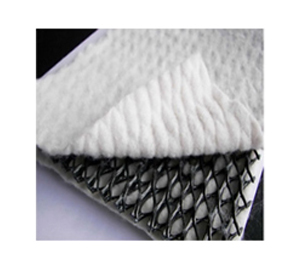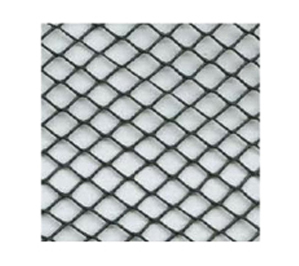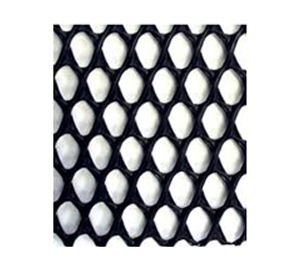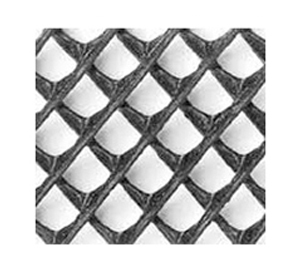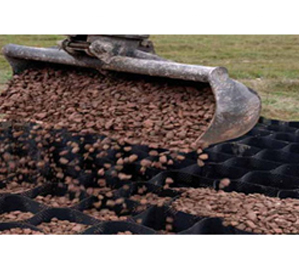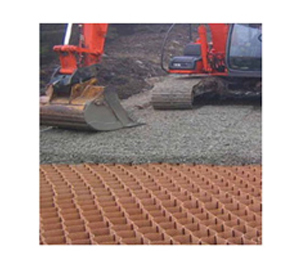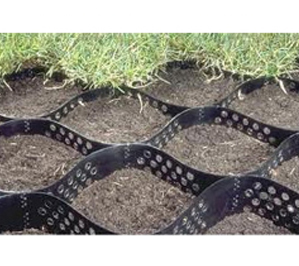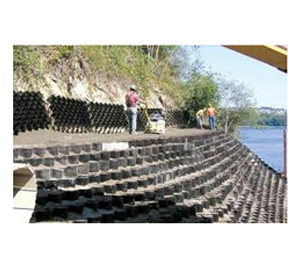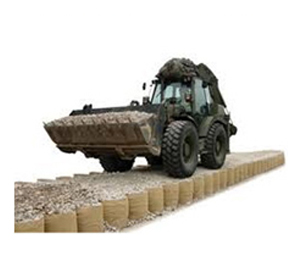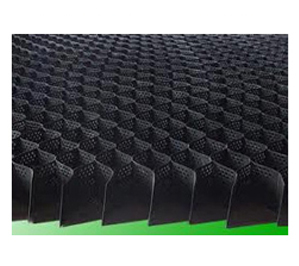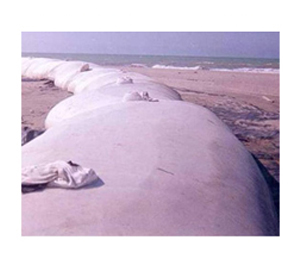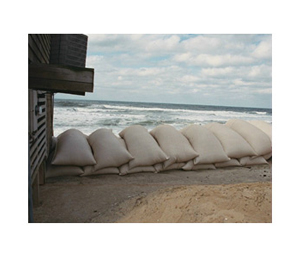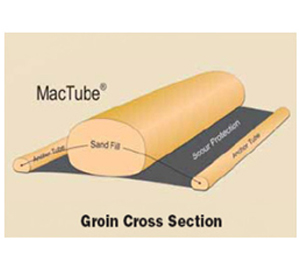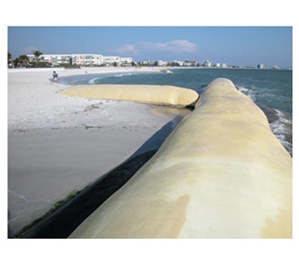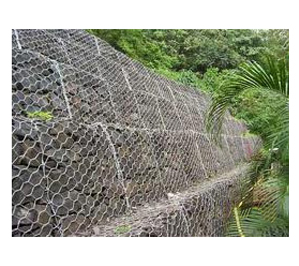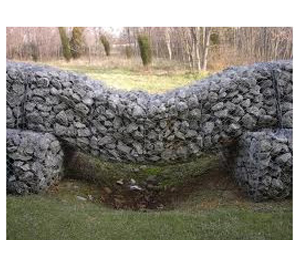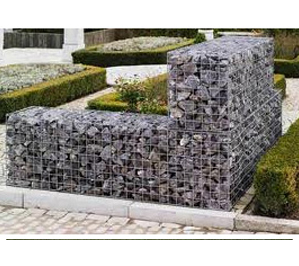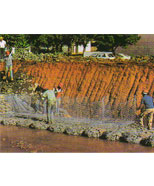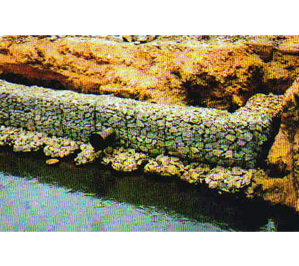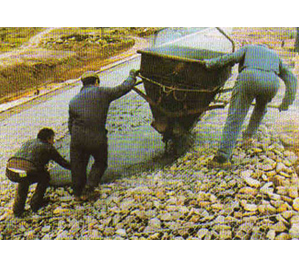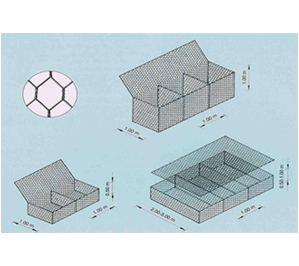Geosynthetics
Geosynthetics is a term used to describe a planar, polymeric (synthetic or natural) material used in contact with soil/rock and/or any other geotechnical material, for Filtration, Drainage, Separation, Reinforcement, Protection, Sealing and Packing.
Geosynthetics is suitable for use in the ground where high levels of durability are required. They can also be used in exposed applications.
The major Geotextile classifications are woven, nonwoven & knitted used in contact with soil/rock and/or any other geotechnical material in civil engineering applications.
Geotextiles are available in a variety of structures and polymer compositions designed to meet a wide range of applications. It is important that all geotextiles be composed of strong, durable, chemically inert polymeric materials that are resistant to the effects of site-specific ground conditions, weather and aging.
Depending on the application, geotextiles may have other survivability requirements, such as creep resistance and resistance to temperature and/or ultraviolet exposures. Geotextiles can be used widely for Separation, Reinforcement, Filtration, Drainage, Protection.
A planar relatively impermeable, polymeric (synthetic or natural) sheet used in contact with soil/rock and/or any other geotechnical material in civil engineering applications.
Types (As per density)
- HDPE (high density polyethylene)
- LDPE (Low density polyethylene)
- LLDPE (Liner low density polyethylene)
Types (As per texture)
- Smooth
- Textures (used on slopes)
Geomembrane products are engineered to help provide cost effective solutions and to meet specific design requirements. Geomembranes are available in a variety of physical, mechanical and chemical resistance properties designed to meet the requirements of a wide range of applications. For example, the products can be compounded for exposure to ultraviolet light, ozone and microorganisms in soil.
This product has wide range of applications including canal lining, landfill liners, landfill covers, Pond lining etc.
Geogrids form a distinct category of geosynthetics designed for reinforcement. Geogrids are either integrally manufactured, ultrasonically or adhesive bonded or joined in knitting or weaving process and then coated.
Although geogrids are used primarily for reinforcement, some products are designed for asphalt overlay and water proofing or for separation and stabilization. Geogrids also are used as gabions and sheet anchors, inserted between geotextiles and geomembranes, or used to construct mattresses for fills or embankments over soft soils.
GCLs are hydraulic barriers made of clay bonded to a single geosynthetic layer or to multiple geosynthetic layers held together by needling or stitching . Because of its low permeability, swelling capacity and relative abundance, natural sodium bentonite is the preferred clay component of GCLs.
GCLs are used primarily as substitutes for compacted clay liners (CCLs), providing significant advantages in cost, ease of installation, and performance.
Primary applications include surface impoundment, secondary containment and landfills, canal lining, pond lining etc.
Geonets, sheet drains, edge drains and prefabricated vertical drains are all designed to offer strong, performance-enhancing alternatives to traditional drainage systems.
Geocomposite drainage systems are engineered to minimize costly, conventional graded-aggregate and/or perforated-pipe subsurface drainage systems. Geonets, sheet drains, pavement edge drains and prefabricated vertical drains (PVDs) have reached acceptance as state-of-the-practice because they provide sufficient in-place drainage and offer reduced material cost, installation time, and design complexity over traditional systems.
Geonets, sheet drains, edge drains and prefabricated vertical drains are all designed to offer strong, performance-enhancing alternatives to traditional drainage systems.
Geocomposite drainage systems are engineered to minimize costly, conventional graded-aggregate and/or perforated-pipe subsurface drainage systems. Geonets, sheet drains, pavement edge drains and prefabricated vertical drains (PVDs) have reached acceptance as state-of-the-practice because they provide sufficient in-place drainage and offer reduced material cost, installation time, and design complexity over traditional systems.
Tubes : GeotextileTube is a tube made of permeable but soil-tight geotextile (woven) and is generally filled with sand or dredged material.
Bags are Made of Woven or Non-woven Geotextile Fabrics, Specially designed for good soil tightness, have high seam efficiency.
Gabion are manufactured from PP rope or PVC coated G.I. wire filled with boulders to construct retaining wall, embankment, shore protection or other similar application.
- Ability to use local materials
- Lack of need to wait for expensive excavation and foundation
- Lack of need to wait for strength gain.
- No need for specialized formwork
- Ability to work in and under water
- Deformable ,coherent structure
- Porosity equal to dry stone walling
- Ability to take tensile forces
Applications of Gabions are river training, earth Control, soil conservation, retaining structures, landscaping, lining of canals and dams, marine works, rock fall protection.

